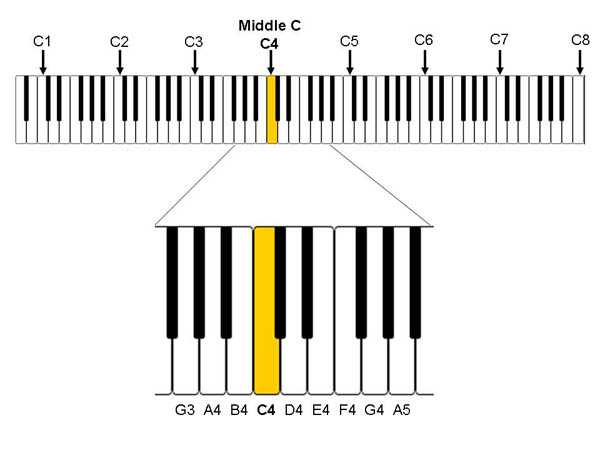The Passaggio: An Important Part of the Singing Voice
In my previous blog, I discussed the presence of different vocal registers in the singing voice. These were broken down into chest, middle and head voice registers. For all voices, there is a point in which the shift from one register to another occurs. Usually, this is a particular pitch (unique to each singer), and it is known as the passaggio. This is one of the most important techniques I work on mastering with my students in their singing lessons.
In Italian, passaggio simply means “passage.” Since we discussed three vocal registers, there are naturally two points of transition for a singing voice. These are known as the primo (first) passaggio and the secondo (second) passaggio. Much like register assignment, where in the scale a passaggio may occur depends on each singer’s physical makeup. The primo passaggio takes place in between the chest and middle registers, while the secondo passaggio lies between the middle and head registers.
For most sopranos, the primo passaggio is located around Eb4 (below middle C), and the secondo lies usually between C#5 (one octave above middle C) and F#5. A tenor’s primo passaggio generally lies between C# and E, while a baritone’s can be up to three scale degrees lower. No one singer is the same. The best way to discover your own passaggi is to vocalize slowly, singing up a scale (8 notes). For the primo passaggio, start well in your chest register (for women middle C is a good starting point, while for men the F below middle C). If you pay close attention, you will notice a lightening of your sound, and a lesser vibration in your chest. For the second passaggio, men should start their scale around A4, and women around G4 (above middle C). When reaching the transitional point, you will notice the brighter, ringing tone of the head voice taking over. For help finding the specific pitches to start your scales, see this piano key cheat sheet.

As mentioned in my previous post, the goal for singing is create a consistent sound from the top to bottom of your range. This unification of sound is much easier to discuss rather than accomplish, thanks in large part to the presence of the two passaggi. I mentioned the need for vowel modification in the upper (head register) range, which is one aspect of adjusting the voice. Equally important is the need to resist the urge to bring up the weightier chest register too far into the middle and upper ranges.
Failing to observe these technical ideals will result in an abrupt switch in the tone and production quality of a singer’s sound. I like to compare this abrupt transition to the functioning of a manual (stick) shift car to an automatic transmission. One happens so smoothly that the rider is sometimes unaware that there has even been a shift in gears. The other can be an extremely unpleasant experience!
Additionally, a singer who does not incorporate the mixing of registers in their sound (like many “belters”) often find that they reach a ceiling in their vocal power. Past a certain note in their range, they are simply unable to maintain their sound, and are either unable to produce clear tones in their head register (due to vocal damage) or must shift to their head voice, resulting in a significant change in tone/power/etc.
Next week’s post will focus on the practice of “belting,” which I think merits its own article.
Related

Aleks


Staff
